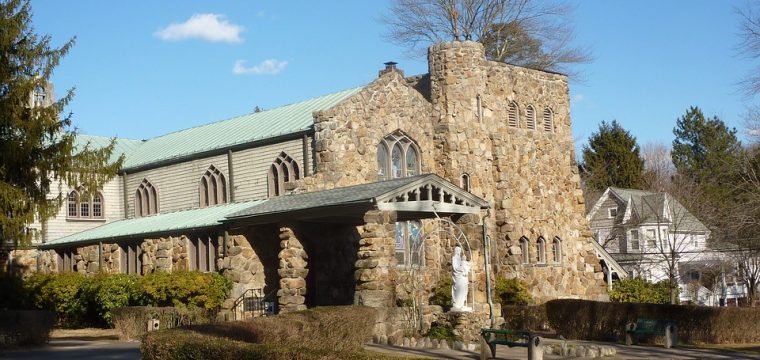Where do faith and education intersect? It’s been a topic of heated debate in the United States for, oh, the last 200 years or so, since public education got its start in the US. Faith is integral to how many people experience personal growth and development, but as the U.S. becomes more religiously diverse — with Christians, Muslims, Jews, Hindus, Buddhists, and others — the issues of religion and educational institutions have begun to spur a deeper level of confusion than ever before. Even though conversations about policy can be brutal, at the end of the day, access to college is something we should all be thankful for. As players in this drama, it’s important to understand the history.
Let’s start at the beginning of the North American education story. Harvard College, established in 1636 by the Massachusetts Bay Colony General Court and named after Presbyterian minister John Harvard, is the earliest example of a religious educational institution. In fact, Harvard is the oldest institution of higher education in the nation, period. But most people know that. Not everyone knows that Harvard was started to meet the needs of the 17,000 or so Puritans immigrating to New England who found themselves in desperate need of clerical training. To this day, Harvard University has one of the best divinity schools in the country.
The early days of colonial Harvard were no cakewalk, though. It would be a mistake to assume that its Christian underpinnings made things any better or worse than they are today. One of the predominant issues in higher education today is making college affordable for students; in the 17th and 18th centuries, they were more concerned with spiritual politics — i.e., how the rules of the church influenced government and vice versa. Both have their obvious drawbacks to the daily task of educating the next generation. It’s hard to focus on your studies when you’re worried about money or worried about being persecuted for your beliefs.
Early Harvard was caught in a vicious battle between Puritans and Baptists. The stance that the school’s leadership took on religious values quickly became integral to the political society of the age. By 1692, the Puritans regained their foothold in the form of Harvard president Increase Mather, who quickly replaced classic books by pagan authors with only Christian thinkers. According to author Wendell Barnett, students of this era had to prove that they could “read the original of the Old and New Testament into the Latin tongue, and resolve them logically” in order to receive a bachelor’s degree. This would make sense for a theological degree, but by 1760 only 15 percent of Harvard graduates became ministers. People began to question whether religious requirements were really necessary for other areas of study.
If you’re hoping to uncover a great turning point in the educational system, when things changed from how they were then to how they are now, you might be surprised to learn that there were no official rulings on the matter until 1948. None that stuck anyway. In 1948, in McCollum v. Board of Education, the Supreme Court ruled that states could not use their tax-supported public school systems to offer religious instruction. Essentially, it came down to the fact that public schools are meant to serve all people, no matter their religious background. The public court system decided that offering one kind of religious education and not another was simply not fair to students in the religious minority.
As a result, there was a lot of anger and confusion over what is and is not acceptable in school. We’re still seeing the ripples of it today. It’s only natural that the families whose religious practices had once been supported but were taken away felt betrayed and upset. But interestingly, while religion was officially tamped-down in public schools, the 1940s saw the growth of a large number of privately-funded colleges and universities with faith-specific missions. Faulkner University in Alabama, for example, was founded in 1942 as a Bible school and has grown in part because they’ve figured out to rely upon their spiritual community to support the school mission. Smaller, private institutions like Faulkner have learned to get creative with their funding since they can’t count on the government to cover expenses.
Enter the Church Relations Office. The specific mission of this office is to engage in and enrich the community. You’ll find church relations offices in Christian colleges of all denominations, from large to small, from Pepperdine University to small private institutions. Church relations offices provide a structure for students to engage with the spiritual community by offering church retreats and filling ministry opportunities. With students fully engaged in the church, community members get a firsthand look at the value of their financial donations. Bringing people together is one of the great blessings of a faith community, and perhaps when it comes to education, that’s best done in private institutions after all. Perhaps public schools are a place students can go to first learn about diversity, tolerance, respect, and compassion, and then when they’re ready, dive deeper into their own spiritual journey in a more specialized setting.
According to the National Center for Educational Statistics, there are nearly 600 Christian-affiliated colleges and universities in the U.S. Although the history of faith and education is a complex one, it is clear that God is not necessarily missing from the classroom. You just have to know where to look.
(The views in this article are those of the author and do not necessarily represent the views of the site’s proprietor.)

Leave a Reply
You must be logged in to post a comment.